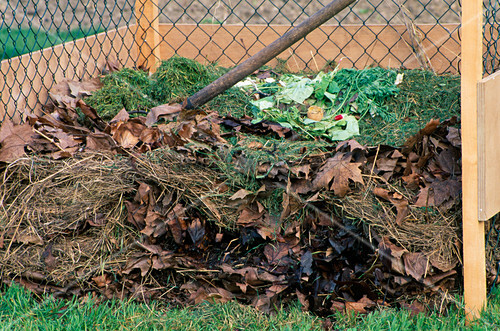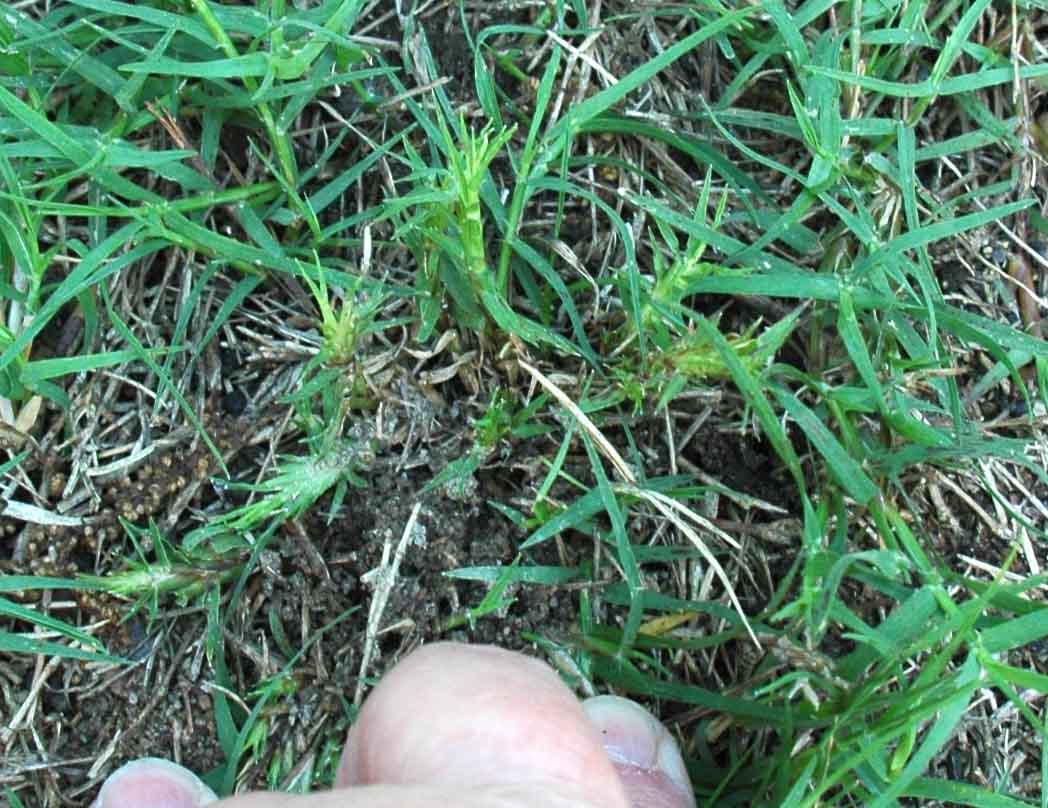

Syngoniums, the arrowhead vines, grow to 3 feet with arrowhead-shaped leaves.
Grass clippings in compost free#
Keep the leaves washed free of dust (this is good for all houseplants). They want no direct sun and even moisture. The so-called Chinese evergreens, the Aglaonemas, grow strongly upright to about 2 feet with large waxy green leaves.
Grass clippings in compost full#
They need filtered light, or nearly full light in winter, and protection from cold drafts. But there are also small tree-types that form a short trunk and have wide spreading growth with large, showy leaves, up to 6 feet tall. There are climbing philodendrons (these drape themselves over the piano). Philodendron, which is a much-maligned and misunderstood houseplant, lives in its native range in the jungle understories of Central and South America. Many of them carry plants suited to our dim winter interiors. Check with nurseries that feature house plants. What are the best big, leafy plants to get with winter coming on?Ī: Winter coming on means much less light available for big leaves, so be sure to site whatever plant you get near the best available light. Try one cup of ammonium nitrate or three cups of blood meal to each 3-4 inch layer of high-carbon material in your 3-by-3-foot bin. You will need less of fertilizers with a very high nitrogen content such as ammonium nitrate (33 percent) or ammonium sulfate (21 percent) than you would of blood meal (12 percent), cottonseed meal (6 percent) or dried chicken manure (2-3 percent). Leaves and weeds will need less than woody material like straw and sawdust. Chemical fertilizers such as ammonium nitrate can be used as well.Īs to how much to add, there are too many variables to give you an exact recommendation. Nitrogen can be provided organically with blood meal, cottonseed meal or fresh manure. Sprinkling a nitrogen source over the layers of high-carbon materials will bring your compost pile back to a more ideal carbon/nitrogen ratio. If your compost is mostly browns, you can accept that the process will take longer or you can compensate by adding nitrogen. Greens are fresh, succulent stuff like grass clippings, vegetable parings, weeds. Browns include such things as fallen leaves, straw, stalks and sawdust. Organic materials compost most quickly if there is a blend of browns (high carbon ingredients) and greens (higher nitrogen material). More and more gardeners allow their lawn to go dormant in summer or leave clippings on the lawn. It's a good thing since fewer gardeners have them.

If this is true, how much?Ī: There is no reason why you can't make good compost without grass clippings. Will it work without the layers of grass? Someone told me I should add ammonium nitrate. This year I decided to let my lawn brown out for the summer, so, of course, I have no clippings for compost. Find out more about composting, or read more about maintaining your Zoysia lawn the right way.Q: I've been very successful with my compost in the past. If all goes well, you will have a nice layer of compost at the bottom of your bin. This will jump-start the decomposition process and prevent your pile from developing an unpleasant odor. – If you have recently applied chemicals or herbicides to your lawn, wail until the rain has washed them clean before you add them to your compost pile. Mix the materials to avoid packing, and to increase the air pockets. Using a garden fork, turn the compost to aid the composting process. If the compost is too dry, add water and thoroughly mix it in. If the compost is too wet, add dry leafy material.

The material should be like a wrung out sponge.

This balances the nitrogen level and provides air pockets that assist the breakdown process. The layers of grass clippings and brown material should be alternated. – Mix grass cuttings with a tough more fibrous material like hedge clippings, wood chips, and leaves. A few simple steps can help your compost bin be productive, and prevent it from turning into a slimy problem that some may associate with composting. A great way to make good use of your Zoysia clippings that is both easy and environmentally friendly is creating a compost bin in your yard. However, lawns can create large amounts of grass cuttings which need to be disposed of.


 0 kommentar(er)
0 kommentar(er)
